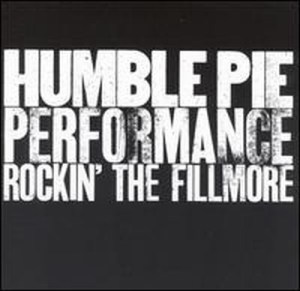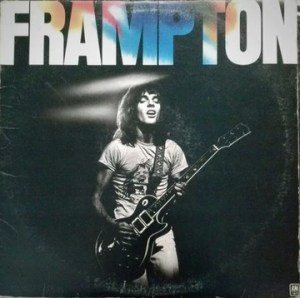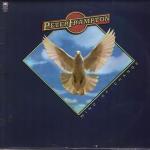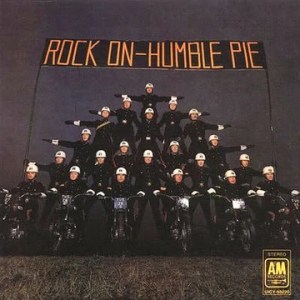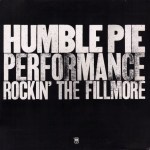
Yet Another Album that Comes Alive When You Turn Up Your Volume
And One We Recently Added to Our Rock & Pop Top 100 List
Do they have what it takes? Big speakers and expensive equipment might seem like the ticket, but they are not enough.
Live Is the Way to Hear the Band
This is one of the best — if not THE best — rock concert albums we have ever heard. Can you imagine if Frampton Comes Alive sounded this good?
If you want to hear some smokin’ Peter Frampton grungy power chords from the days when he was with the band, this album captures that sound better than any of their studio releases, and far better than Frampton Comes Alive on even the hottest Hot Stampers.
Grungy guitars that jump out of the speakers, prodigious amounts of punchy deep bass, dynamic vocals and drum work — the best pressings of Rockin’ The Fillmore have more firepower than any live recording we’ve ever heard.
We know quite a few records that rock this hard. We seek them out, and we know how to play them.
Who knew? We didn’t, of course, until not that many years ago (2014 maybe?). But we are in the business of finding these things out. We get paid by our customers to find them the best sounding pressings in the world. It’s our job and we take it very seriously.
Did any audiophile reviewers ever play the album and report on its amazing sound? None that I know of.
Do they have the kind of playback systems — the big rooms, the big speakers, the speed, the energy, the power — that are required to get the most from a recording such as this?
Doubtful. Unlikely in the extreme even.
They don’t know how good a record like this can sound because they aren’t able to play it the way it needs to be played.
To play this record right, you should have, at a minimum:
- Big dynamic speakers, and they should be pulled well out into the room to create a three-dimensional presentation, in this case of a live rock concert. If they are too big for the room, and stuck in the corners, you haven’t got a chance.
- A large room — our new studio has a 12 foot ceiling, a big help with recordings such as this.
- Strong walls with no windows, and a concrete floor to keep the bass from leaving the room (if at all possible).
- Seating for a single listener far from any boundary, especially the back wall (a common problem with small-ish rooms).
- Extensive room treatments to deal with the loud levels required by this music.
- Enough power to move all the air in the listening room with authority.
- And, finally, high quality electricity, a heavily tweaked front end and all the rest of the audio stuff we discuss so often on this blog.
Without all of these things, it’s hard for us to imagine any audiophile record reviewer being able to hear this record sound the way the artists and engineers wanted it to. Playing a record like this in a small room and moderate levels practically guarantees that the listener will not be able to hear what makes the best copies of this album so special.
Our system evolved over the decades to play these kinds of records, primarily for two reasons:
- We love music and want to hear our favorite recordings sound their best, and
- With this much money on the line, to stay in business we have to be right about the superior sound of the vintage Hot Stamper pressings we offer
Old Times, Good Times
And when was the last time you read about a record that hadn’t just been reissued on Heavy Vinyl?
There was a time when audiophile reviewers wrote about exceptionally good sounding vintage pressings, records they’d stumbled across while wandering through the world of vinyl. We’ve discovered our share and then some.
Harry Pearson comes immediately to mind, but there were many others back in those day following his lead. Now it seems few if any can be bothered. These days the money is in Heavy Vinyl. That’s what gets the clicks and the ad dollars.
Neither of which have anything to do with better records. Better records are physical objects that live or die by the quality of their sound. They are not advice or opinions or theories or recommendations. They are records you can play in your home to prove — to yourself and anyone else with an open mind and open ears — that vintage pressings are vastly superior to modern ones, once you’ve figured out how to clean and find them.
(more…)
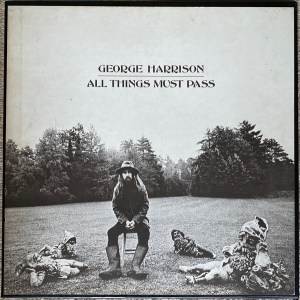

 The Music of Peter Frampton Available Now
The Music of Peter Frampton Available Now